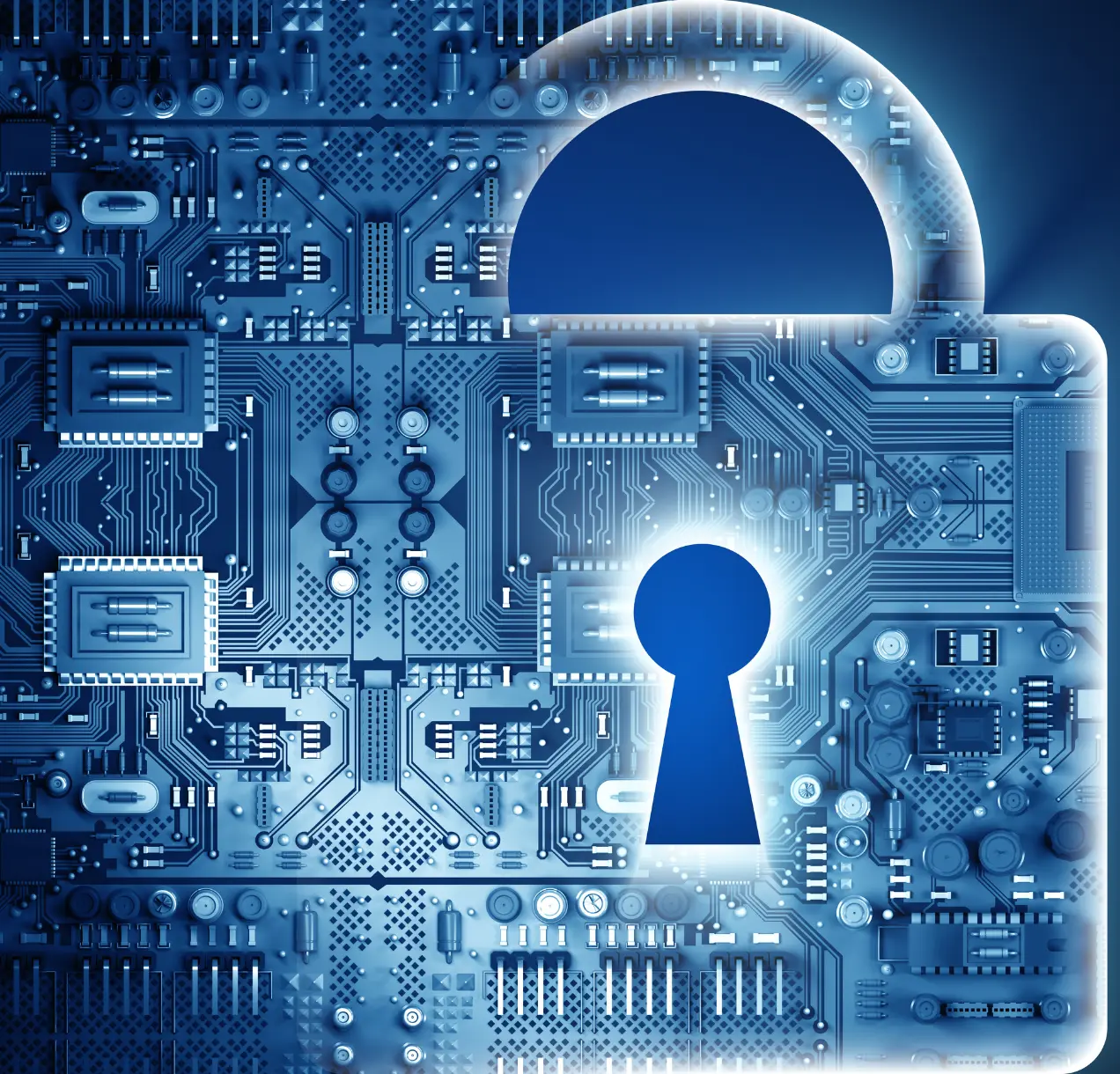AI and Cybersecurity: A New Era of Digital Protection
As cyberattacks grow more advanced, the marriage of AI and cybersecurity will be critical.

The digital world is evolving at lightning speed, and so are the threats that come with it. Cybercriminals are becoming more sophisticated, leveraging new tools and exploiting weaknesses faster than ever before. In this high-stakes environment, Artificial Intelligence (AI) is no longer just a buzzword — it’s a powerful weapon reshaping the way organisations defend themselves against cyber threats.
Why Cybersecurity Needs AI
Traditional cybersecurity methods rely heavily on manual monitoring and reactive defence strategies. While effective in the past, these approaches are struggling to keep up with modern threats such as ransomware, phishing scams, and zero-day attacks. Cybercriminals are now using automation and even AI themselves to outsmart defences.
This is where AI steps in. By harnessing machine learning algorithms, natural language processing, and predictive analytics, AI empowers cybersecurity systems to detect, respond to, and prevent threats with unmatched speed and accuracy.
The Role of AI in Cybersecurity
Here are some of the key ways AI is transforming digital protection:
Real-time threat detection: AI-driven systems can monitor vast amounts of data in real time, spotting unusual behaviour that might indicate an attack. Unlike humans, AI never gets tired or distracted, making it highly reliable for round-the-clock monitoring.
Predictive analysis: Machine learning models can analyse past attacks and predict potential future vulnerabilities. This proactive approach helps organisations stay one step ahead of cybercriminals.
Automated response systems: AI enables automated defence mechanisms. For example, when suspicious activity is detected, AI can instantly block an IP address, quarantine files, or alert security teams without delay.
Enhanced fraud detection: Financial institutions already use AI to spot fraudulent transactions by analysing patterns in spending behaviour. This reduces false positives and improves accuracy in identifying real threats.
Adaptive security: AI systems continuously learn and adapt. This means as new threats emerge, the system becomes smarter and more resilient over time, creating an evolving shield against attacks.
Challenges of Using AI in Cybersecurity
While AI offers immense benefits, it also comes with challenges. Hackers are finding ways to manipulate AI models through data poisoning and adversarial attacks. Moreover, AI-powered cybersecurity tools require high-quality data and significant computing power, which not all organisations can afford.
There’s also the risk of overreliance on automation. Human oversight is still essential to validate AI’s findings and make strategic decisions.
The Future of AI-Powered Cybersecurity
As cyberattacks grow more advanced, the marriage of AI and cybersecurity will be critical. Future developments may include fully autonomous defence systems, AI-driven digital forensics, and enhanced collaboration between humans and machines to create a truly secure digital ecosystem.
One thing is clear: AI is no longer optional in cybersecurity. It is the foundation of a new era of digital protection — one where intelligent machines help us outpace cybercriminals and build trust in the digital world.



